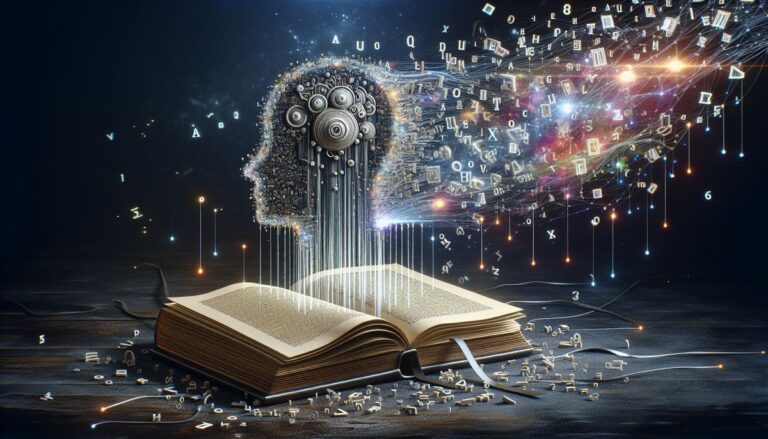The collision of artificial intelligence development and copyright law has reached a new flashpoint with Nvidia’s NeMo AI platform at the center of controversy.
A lawsuit filed by authors Brian Keene, Abdi Nazemian, and Stewart O’Nan alleges that Nvidia unlawfully used copyrighted books to train its language models without permission. As the legal battle unfolds, the case raises critical questions about the boundaries of fair use, the protection of creative rights, and the future of AI training practices.
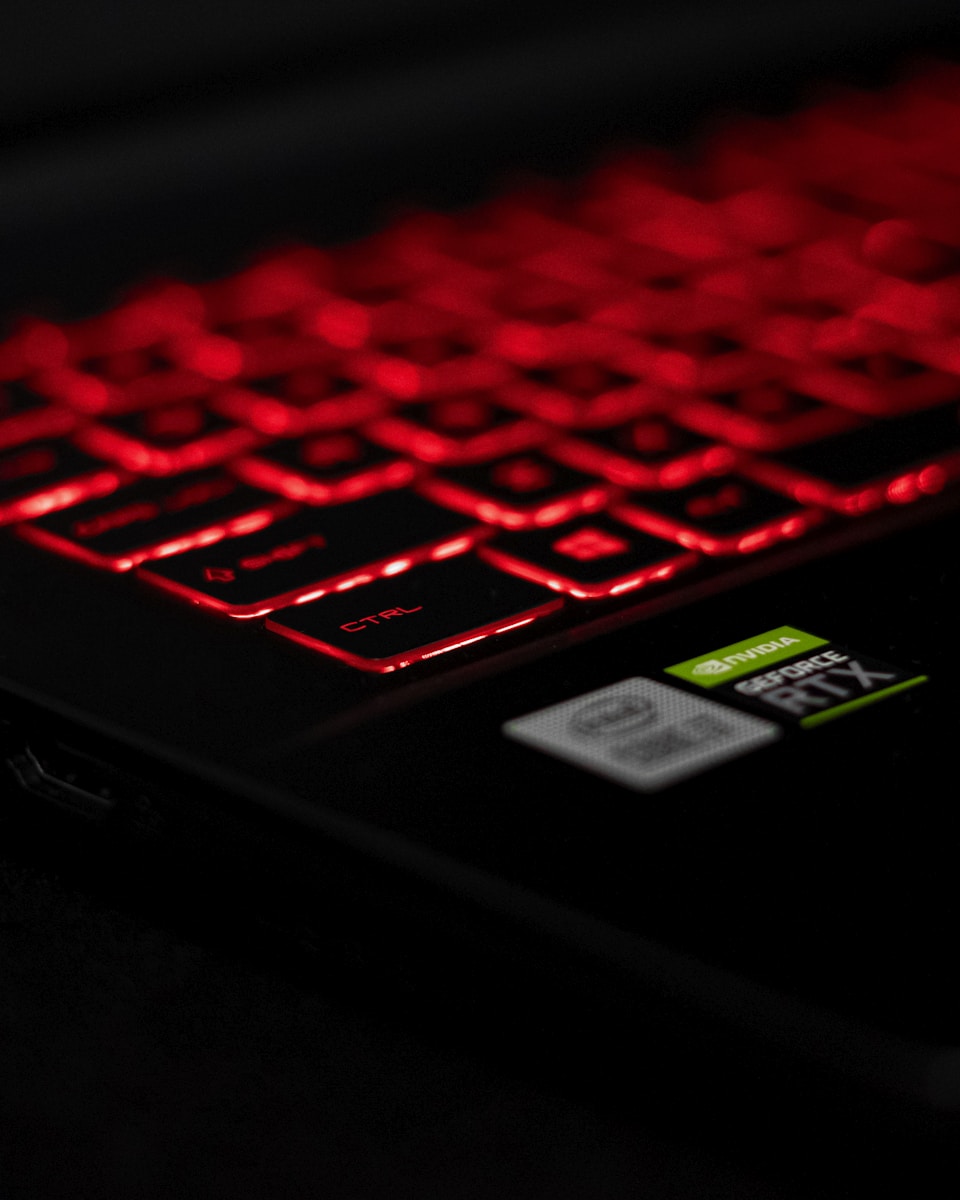
Key Takeaways
- Nvidia faces a lawsuit alleging the unlawful use of copyrighted books to train its NeMo AI platform, potentially setting a precedent for AI copyright law.
- The takedown of NeMo AI by Nvidia is seen by the plaintiffs as an admission of copyright infringement, sparking debate over the implications for the tech industry.
- The case compares with other high-profile lawsuits, highlighting the growing legal scrutiny over how AI models are trained using copyrighted materials.
- Authors are seeking unspecified damages, emphasizing the need for fair compensation and respect for copyright in the era of AI-generated content.
- The outcome of this lawsuit could influence future legislation and policy, shaping the development of AI and the protection of intellectual property.
The Heart of the Matter: Nvidia’s Alleged Copyright Infringement

The Plaintiffs’ Claims Against Nvidia
The heart of the issue is clear: Nvidia faces accusations of using copyrighted books to train its NeMo AI without permission. Authors Brian Keene, Abdi Nazemian, and Stewart O’Nan allege direct copyright infringement. Their works, part of a massive 196,640-book dataset, were reportedly used in NeMo’s development.
The plaintiffs’ argument hinges on Nvidia’s takedown of NeMo. They see it as an admission of guilt. Now, they’re seeking damages for the unauthorized use of their creative output.
The stakes are high, not just in dollars, but in the precedent this case could set for AI and copyright law.
Here’s a snapshot of the plaintiffs’ stance:
- Nvidia’s alleged infringement is direct and clear-cut.
- The takedown of NeMo is viewed as an implicit admission.
- Unspecified damages are sought for the past three years of NeMo’s operation.
The authors’ move to sue Nvidia isn’t just about compensation; it’s a fight for recognition and respect for their creative rights.
The Role of the NeMo AI Platform in the Dispute
Nvidia’s NeMo AI has been a game-changer in language processing. But its success may have come at a cost. The platform, known for simulating human-like text, is now under legal scrutiny. Authors claim Nvidia used their works without permission to train NeMo’s models. This has sparked a significant lawsuit, with the authors demanding compensation for their copyrighted material.
The dataset in question reportedly contains around 196,640 books. It’s a massive collection, and it’s not just any books—it includes titles by Keene, Nazemian, and O’Nan. These authors are now leading the charge against Nvidia, alleging that their creative rights have been violated.
The takedown of NeMo in October was a pivotal moment. Many see it as Nvidia’s silent nod to the infringement claims.
The case has gained traction, merging with another high-profile lawsuit against OpenAI. This consolidation could set a precedent for how AI and copyright law intersect. Here’s a quick look at the timeline of events:
- March 8, 2024: Nazemian et al. v. Nvidia Corp. lawsuit filed.
- October 2023: NeMo platform taken down amid copyright concerns.
- November 8, 2023: Case consolidated with In Re OpenAI ChatGPT Litigation.
The outcome of this legal battle is eagerly awaited. It could redefine the boundaries of AI development and copyright law.
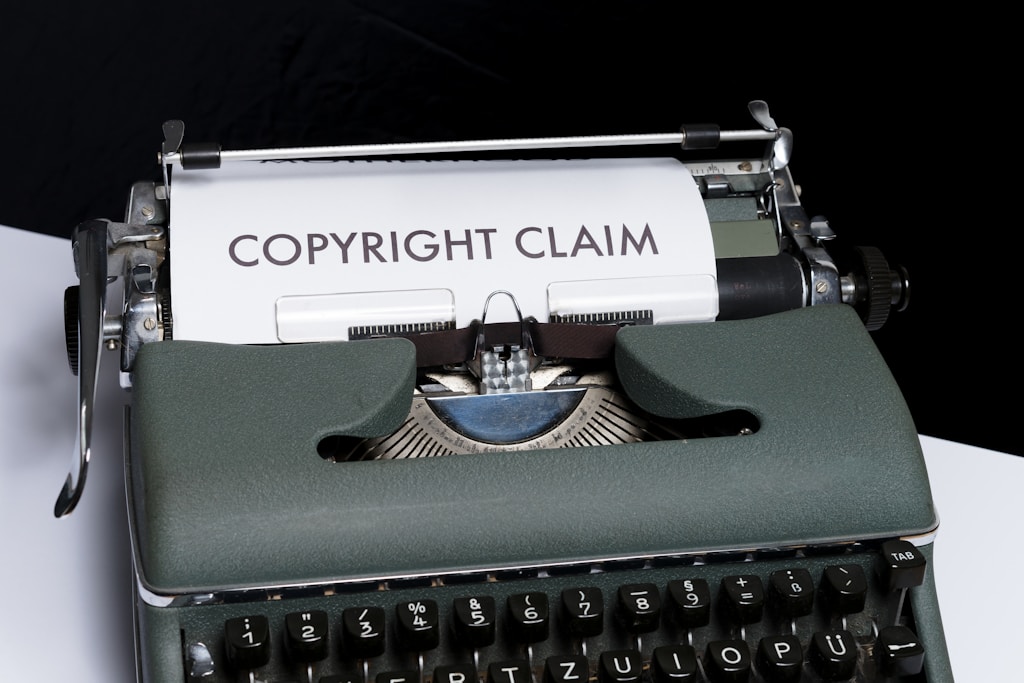
Understanding the Dataset Controversy
At the core of the dispute is the dataset known as The Pile. This dataset, which includes a component called Books3, is said to have been used by Nvidia to train its NeMo AI. The plaintiffs argue that this use constitutes copyright infringement. They claim that Nvidia’s takedown of NeMo is an implicit admission of guilt.
The dataset controversy hinges on a key question: Does training an AI with copyrighted material equate to copyright infringement? Nvidia’s case is not isolated.
Other tech giants face similar accusations. For instance, OpenAI’s ChatGPT is under scrutiny for potentially using copyrighted works in its training datasets.
Here’s a snapshot of the issue:
- The Pile: A dataset containing Books3, allegedly used by Nvidia.
- NeMo AI: Nvidia’s platform, accused of copyright infringement.
- Implicit Admission: The takedown of NeMo seen as an admission by Nvidia.
- Broader Implications: Other AI platforms, like ChatGPT, also in the spotlight.
The debate is not just about legality; it’s about the future of AI transparency and the protection of creative rights.
The Legal Landscape: Recent AI Copyright Battles
Comparing Nvidia’s Case with Other High-Profile Lawsuits
Nvidia’s legal woes echo a broader trend in the tech industry. Other high-profile cases have set the stage for the current dispute. For instance, OpenAI faced a similar lawsuit over its use of copyrighted material in training datasets.
The comparison is stark: both companies are accused of using copyrighted works without proper consent to refine their AI models.
However, Nvidia’s case stands out due to the specific admission of using the Books3 dataset, which includes works by the suing authors. This admission could have significant legal ramifications.
The landscape of AI copyright law is rapidly evolving, with each case potentially rewriting the rules.
The table below outlines recent lawsuits in the AI space, highlighting the importance of understanding the legal precedents:
| Date | Case | Details |
|---|---|---|
| Mar 8, 2024 | Nazemian, et al. v. Nvidia Corp. | Nvidia’s use of Books3 dataset including plaintiffs’ works |
| Feb 28, 2024 | Raw Story Media, et al. v. OpenAI, Inc. | OpenAI’s use of copyrighted material in training datasets |
As the legal battles unfold, Nvidia’s situation offers a cautionary tale for tech companies navigating the murky waters of AI and copyright law.
The Implications of The Pile and Books3 in AI Training
The Pile and Books3 datasets have become central to the debate on AI training practices. Nvidia’s use of these datasets in training NeMo AI has raised critical questions. The Pile, a colossal dataset, includes Books3, a collection of texts that Nvidia admitted to using. This admission has sparked a broader discussion on the ethics and legality of AI learning materials.
Here’s why it matters:
- The Pile’s composition implies that any AI trained on it may inadvertently use copyrighted content.
- Books3’s inclusion in The Pile means that Nvidia’s training of NeMo AI could have leveraged authors’ works without consent.
- The potential for copyright infringement is not just a theoretical concern but a real issue impacting creators.
The intersection of AI training and copyright law is a complex and evolving landscape, with each case setting precedents for future disputes.
The implications for AI developers are significant. They must navigate copyright laws while pushing the boundaries of technology. For authors, the stakes are high as they seek to protect their livelihoods. Nvidia’s case could influence how AI is trained and the safeguards needed to ensure respect for copyright.

How Nvidia’s Admission Could Shape Future AI Copyright Law
Nvidia’s recent admission may be a game-changer for AI copyright law. By taking down NeMo, Nvidia implicitly acknowledged the use of copyrighted material. This sets a precedent. Future cases could reference this as an example of infringement.
Here’s what to watch for:
- Legal clarity on what constitutes fair use in AI training.
- Stricter guidelines for using copyrighted works.
- A potential surge in lawsuits as authors become more aware.
The ripple effect of Nvidia’s actions could redefine the boundaries of AI and copyright.
The tech community is buzzing. Will this lead to more transparent practices or stifle innovation? Only time will tell. But one thing is certain: the landscape is shifting.
The Authors’ Stance: Protecting Creative Rights in the AI Era
The Impact of AI on Authors and the Literary Market
The rise of AI is a game-changer for authors and the literary market. AI’s ability to generate content has sparked concerns about originality and the devaluation of human creativity. Writers are feeling the squeeze as AI tools can churn out stories, potentially flooding the market with machine-generated works.
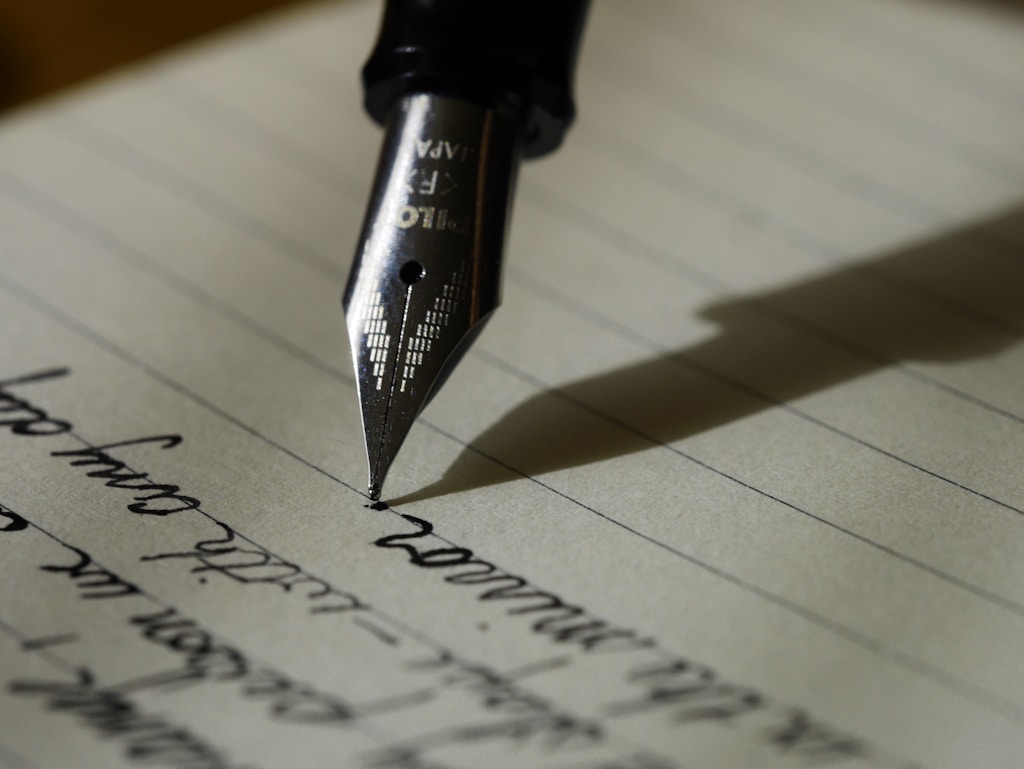
For instance, the plaintiffs in a recent lawsuit argue that their creative rights are being trampled. They claim a loss of control over their work and a diminished ability to earn from it. This isn’t just about today’s earnings; it’s about the future of the literary landscape.
Moreover, Gartner’s predictions hint at a broader shift. By 2026, a 25% drop in traditional search engine use is expected, thanks to AI’s growing role in content creation. This shift demands that authors adapt, ensuring their work stands out in quality and authenticity.
The balance between AI efficiency and human creativity is delicate. The literary market is at a crossroads, with authors navigating new challenges to protect their livelihoods.
Here’s a snapshot of the potential impact on authors:
- Loss of licensing opportunities
- Market saturation with AI-generated content
- Need for new strategies to maintain relevance
- Pressure to innovate to stay ahead of AI advancements
The Argument for Fair Use vs. Copyright Infringement
The debate is fiery: Is training AI on copyrighted works fair use? Nvidia and others argue it’s transformative, a new purpose for existing content. But plaintiffs disagree. They see it as theft, a direct hit to their livelihoods.
Fair use is a legal gray area, often hinging on four factors:
- The purpose and character of the use
- The nature of the copyrighted work
- The amount and substantiality of the portion used
- The effect of the use on the market
The heart of the issue is whether AI training truly transforms the work or merely repackages it, potentially harming the original creators.
Creators argue that AI outputs can compete with, even replace, original content. This isn’t transformation; it’s substitution. And when AI models produce content ‘strikingly similar’ to copyrighted works, the line blurs further.
The courts will weigh these arguments, but the outcome is uncertain. The decision will set a precedent, influencing how AI and copyright coexist. It’s a pivotal moment for creators and tech companies alike.
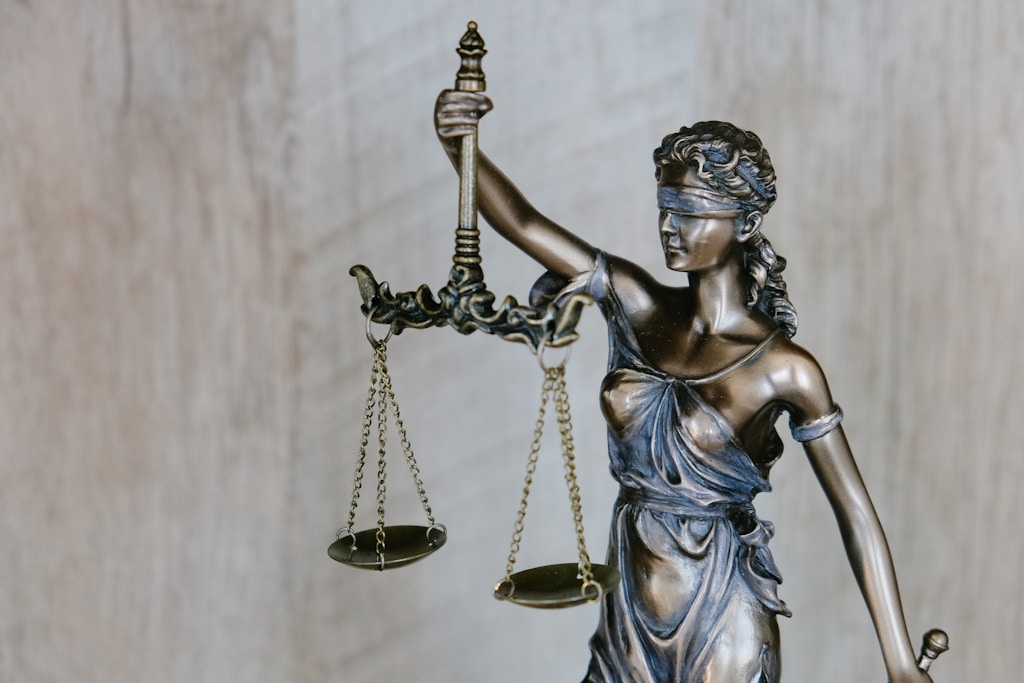
Seeking Justice and Compensation: What the Authors Want
At the heart of the lawsuit, authors are demanding fair play. They want compensation for their creative labor. They argue that Nvidia’s use of their copyrighted works to train NeMo AI has caused significant harm. This isn’t just about money; it’s about principle.
The authors seek damages for copyright infringement and the lost opportunity to license their works. They also want to prevent future misuse with a permanent injunction.
The plaintiffs, including well-known writers, are standing up for their rights. They’re not just fighting for themselves but for all content creators affected by such practices. Here’s what they’re aiming for:
- Damages: Financial compensation for copyright infringement.
- Licensing Opportunities: Recognition of the lost chance to license their works.
- Market Protection: A call for action against the destruction of the literary market.
- Permanent Injunction: A legal order to stop ongoing and future infringements.
The fight is not just for compensation; it’s a battle to safeguard the future of creative work in the AI era.
Nvidia’s Response and the Takedown of NeMo
Nvidia’s Defense Strategy and Public Statements
Nvidia has been steadfast in its defense against the allegations of copyright infringement. The company emphasizes its commitment to responsible AI development, citing Bria’s open platform for visual generative AI as an example of its dedication to transparency and copyright protections. However, the plaintiffs argue that Nvidia’s takedown of the NeMo AI platform is an implicit admission of guilt.
In response to the lawsuit, Nvidia has not publicly disclosed the specifics of its legal strategy. Yet, the company has made it clear that it intends to vigorously defend its actions. Nvidia’s public statements have focused on the broader benefits of AI and the importance of innovation in the field.
Here’s a quick rundown of the key points Nvidia has made:
- AI development is crucial for technological advancement.
- Responsible AI practices are at the core of Nvidia’s philosophy.
- The takedown of NeMo was a proactive measure, not an admission of wrongdoing.
Nvidia’s approach to AI development has always been about pushing boundaries while respecting the creative rights of authors.
The tech community is watching closely as Nvidia navigates this complex legal terrain. The outcome of this case could set a precedent for how AI companies use copyrighted material in the future.
The Significance of NeMo’s Shutdown
Nvidia’s takedown of NeMo was a pivotal moment. It signaled a potential acknowledgment of the copyright issues at hand. The shutdown not only disrupted Nvidia’s AI development but also set a precedent for the industry. Here’s why it matters:
- Admission of Fault? The authors suggest that by taking NeMo offline, Nvidia may have indirectly admitted to using copyrighted material.
- Legal Ripple Effects. This action could influence other cases where AI platforms are trained on copyrighted content.
- Market Uncertainty. The sudden removal of NeMo left developers and companies in a lurch, questioning the stability of relying on such AI tools.
Moreover, the shutdown has broader implications. It’s not just about NeMo; it’s about the message it sends to the tech world. Nvidia’s step back could be a step forward for copyright law, pushing for clearer boundaries in AI training practices. The industry is watching closely, as the outcome of this case could reshape how AI systems are developed and what resources they can use.
The NeMo shutdown has sparked a debate on the ethical use of copyrighted material in AI. It’s a wake-up call for tech giants and startups alike.
Lastly, the Nvidia and Microsoft partnership highlights the industry’s ongoing evolution, with AI integration becoming a key competitive factor. This shift comes with its own set of challenges, especially around software adaptation.
Potential Outcomes and Settlement Scenarios
As the Nvidia case unfolds, several scenarios could play out. Settlements are common in copyright disputes, often resolving issues without a trial. Nvidia might opt for a settlement to avoid lengthy litigation. Alternatively, the case could go to trial, with potential outcomes ranging from Nvidia’s victory to significant damages awarded to the plaintiffs.

Here’s a quick rundown of possible scenarios:
- Settlement: Nvidia and the plaintiffs reach an agreement, possibly including compensation and licensing terms.
- Trial Victory for Nvidia: The court rules in Nvidia’s favor, potentially setting a precedent for AI training practices.
- Trial Loss for Nvidia: The court finds Nvidia liable, leading to damages and changes in how Nvidia operates its AI platforms.
The stakes are high, and the tech community is watching closely. The outcome could influence how AI companies approach copyright law in the future.
Each scenario carries implications for the broader tech and creative industries. A settlement might be seen as a tacit admission of wrongdoing, while a trial victory could embolden AI developers. A loss, however, could usher in a new era of caution and compliance.
Looking Ahead: The Future of AI and Copyright Law
Emerging Trends in AI Training and Copyright Issues
As AI technology advances, legal challenges are becoming more frequent. The focus is shifting towards the methods used to train AI systems, especially generative models. These models learn from vast datasets to create new content, sparking debates over data ownership and copyright infringement.
- Generative AI: Neural networks that generate new content from existing data.
- Legal Scrutiny: Increased lawsuits and copyright concerns.
- Data Ownership: Controversial and central to AI training debates.
The intersection of AI and copyright law is complex, and the stakes are high for all involved.
The recent surge in litigation highlights the need for clear guidelines. Companies like Nvidia face accusations of using copyrighted material without permission.
Meanwhile, creators are demanding recognition and protection of their intellectual property. The landscape is evolving, and so must the legal frameworks that govern it.
The Role of Legislation and Policy in Shaping AI Development
As AI technology advances, the call for regulation grows louder. Legislation and policy are pivotal in guiding the responsible development of AI. They set the boundaries for what’s permissible and what’s not.
Governments are stepping up. They’re considering measures like establishing AI agencies to oversee computing power levels. Also, they’re mulling over approval processes for deploying new AI models.
The goal is clear: to balance innovation with ethical standards and security.
Here’s a snapshot of proposed interventions:
- Creation of dedicated AI agencies
- Government approval for new AI models
- International extension of AI safeguards
- Potential restrictions on AI model disclosures
These steps aim to create a framework that fosters safe AI growth while protecting public interests. As AI intertwines with various industries, from fashion to retail, the impact of these policies will be significant. They will shape not just the tech landscape but also the legal battles that are becoming increasingly common.
What This Means for Content Creators and Tech Companies
The AI revolution is reshaping how content is created and monetized. Content creators now face a dual challenge: protecting their work and adapting to AI’s influence. Tech companies, on the other hand, must navigate the evolving legal landscape while innovating responsibly.
For creators, the stakes are high. AI’s ability to generate content could dilute the uniqueness of human-made work, affecting livelihoods. They must now consider:
- New strategies for copyright protection
- Diversifying income streams
- Engaging with AI ethically
Tech companies are under the spotlight. They’re expected to:
- Respect copyright laws
- Develop AI with transparency
- Compensate creators fairly
The balance between innovation and rights is delicate. Both creators and tech firms must tread carefully to maintain trust and foster growth.
Search engines are already adapting, prioritizing high-quality, original content. This trend will likely continue, with watermarking and regulatory measures becoming key in content authentication. The implications for SEO are clear: prioritize originality and value to stay ahead.
Frequently Asked Questions
What is the core issue in the lawsuit against Nvidia?
The core issue is that Nvidia is alleged to have used a dataset containing about 196,640 books, including works by authors Keene, Nazemian, and O’Nan, to train its NeMo AI platform without proper authorization, leading to claims of copyright infringement.
What does the takedown of the NeMo AI platform signify?
The authors argue that Nvidia’s takedown of the NeMo AI platform is an admission of their use of the copyrighted dataset for training purposes, which they claim infringes upon their copyrights.
What are the authors seeking through legal action?
The authors are seeking unspecified damages and are pursuing legal action on behalf of individuals in the United States whose copyrighted works contributed to training NeMo’s large language models over the past three years.
Has Nvidia admitted to using the contested dataset for training its AI?
According to the plaintiffs, Nvidia has admitted to training its NeMo Megatron models on a copy of a dataset called The Pile, which includes Books3, thus implying that they have used the copyrighted texts.
How does this lawsuit compare to other recent AI copyright battles?
This lawsuit is part of a growing number of legal challenges where authors and content creators are suing companies like OpenAI and Nvidia for allegedly using copyrighted materials to train their AI models without permission.
What could be the potential outcomes of Nvidia’s legal battle?
Potential outcomes could include a settlement with the authors, changes in how Nvidia and other companies approach training AI models, or a legal precedent that could influence future AI copyright law.

